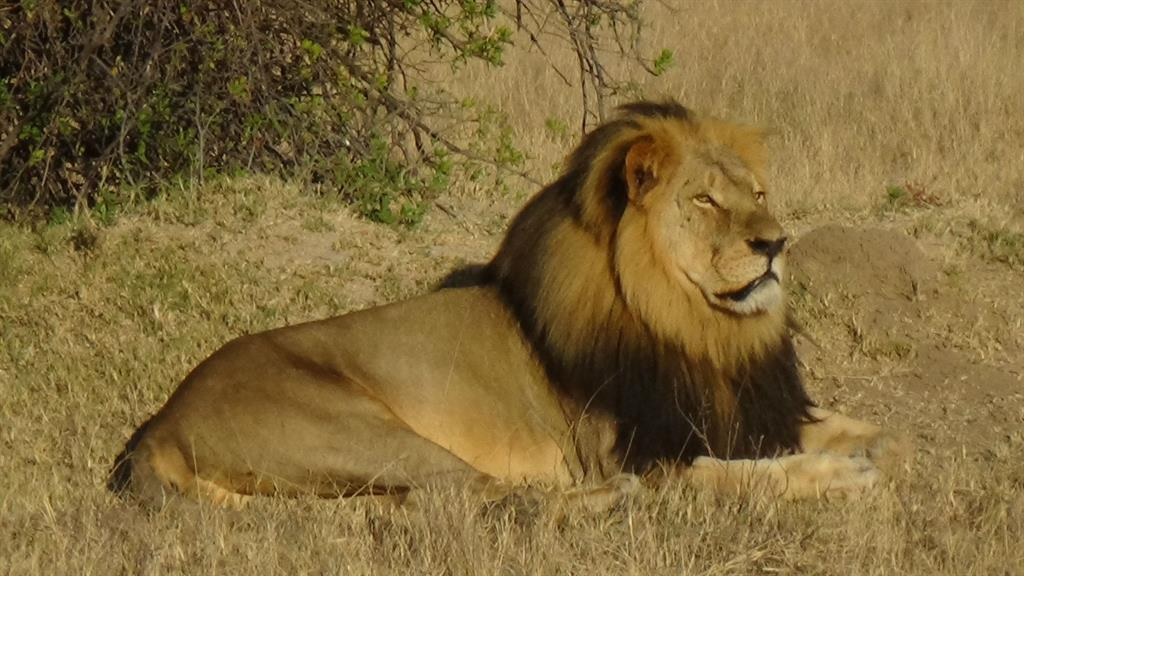Lion bone trafficking rare in Namibia
Cases of lion and other predator bone trafficking have been registered in Namibia, although cases are still rare, a new report has found.
However, the illegal keeping and breeding of predators is much more widespread, and there is a reported increase in illegal practices within the trophy-hunting industry.
This is according to the Wildlife Protection and Law Enforcement in Namibia report for 2022, which said that large African predators, including lions, leopards, cheetahs, spotted hyenas and brown hyenas, have created a unique dilemma in Namibia and many other parts of the world.
"The animals are extremely popular tourist attractions, but because sightings in the wild are elusive, they are often kept in captivity to guarantee views ‘up close and personal’."
An increasing problem
The report noted that concomitantly, large predators have become increasingly popular worldwide as ‘pets’. There are, for example, more captive tigers in the USA than tigers left in the Asian wild.
It said that trophy hunting and canned hunting (shooting captive animals for sport) of predators and trade in their bones further exacerbate the situation.
"Canned hunting of lions and the lion-bone trade in South Africa are a massive problems," the report states.
According to the report, research in South Africa has shown that all of these illicit practices may overlap.
"The breeding of predators is used to supply the illicit trade in live animals, bones and other products, and canned hunting targets."
Addressing the problem
It said important steps have been taken to counter these illicit activities in Namibia, and legislation related to large predators has been revised.
A number of cases have been opened against offenders, including well-known personalities.
It said that ongoing vigilance will be required to continually and effectively counter current trends.
However, the illegal keeping and breeding of predators is much more widespread, and there is a reported increase in illegal practices within the trophy-hunting industry.
This is according to the Wildlife Protection and Law Enforcement in Namibia report for 2022, which said that large African predators, including lions, leopards, cheetahs, spotted hyenas and brown hyenas, have created a unique dilemma in Namibia and many other parts of the world.
"The animals are extremely popular tourist attractions, but because sightings in the wild are elusive, they are often kept in captivity to guarantee views ‘up close and personal’."
An increasing problem
The report noted that concomitantly, large predators have become increasingly popular worldwide as ‘pets’. There are, for example, more captive tigers in the USA than tigers left in the Asian wild.
It said that trophy hunting and canned hunting (shooting captive animals for sport) of predators and trade in their bones further exacerbate the situation.
"Canned hunting of lions and the lion-bone trade in South Africa are a massive problems," the report states.
According to the report, research in South Africa has shown that all of these illicit practices may overlap.
"The breeding of predators is used to supply the illicit trade in live animals, bones and other products, and canned hunting targets."
Addressing the problem
It said important steps have been taken to counter these illicit activities in Namibia, and legislation related to large predators has been revised.
A number of cases have been opened against offenders, including well-known personalities.
It said that ongoing vigilance will be required to continually and effectively counter current trends.





Comments
Namibian Sun
No comments have been left on this article